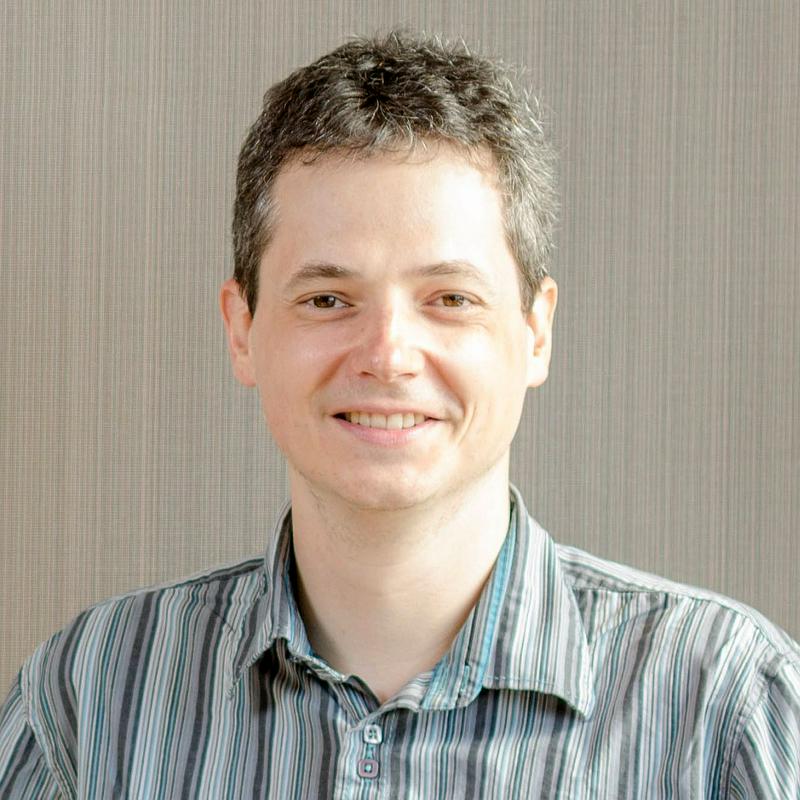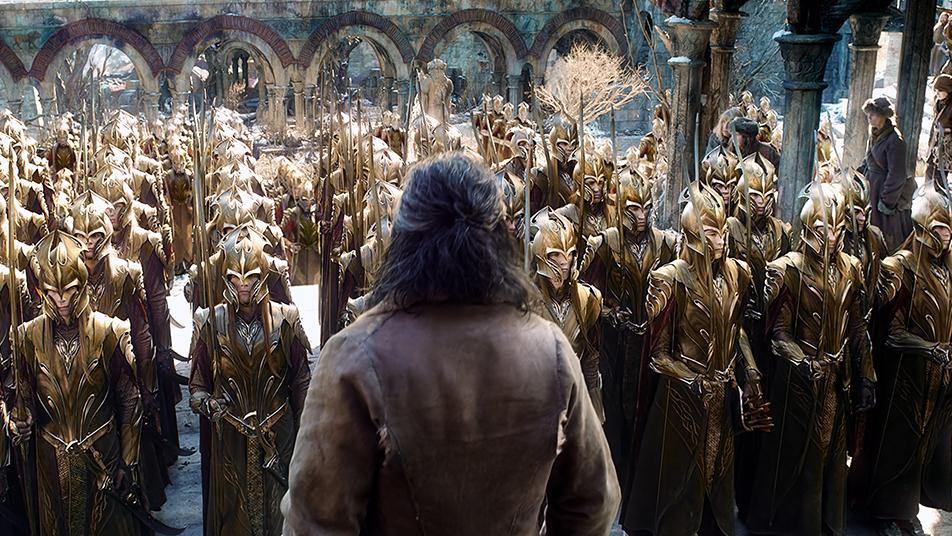
In the same year, this 3D animation specialist received a half-million dollar grant from the American National Science Foundation for promising young researchers. More recently, he received a Sloan Research Fellowship (awarded to the best researchers and lecturers in computer science in the US); to date, 42 Sloan Fellows have gone on to win a Nobel Prize.
So what has 38-year-old Jernej Barbič, who comes from a village near Most na Soči in Slovenia, done to acquire all this attention? First a student at the Faculty of Mathematics and Physics in Ljubljana, then a doctoral student at the Carnegie Mellon University and a post-doctoral researcher at the Massachusetts Institute of Technology, Jernej Barbič has made a breakthrough in 3D-animation.
His method has been used in many well-known films. It has been used by Disney and Pixar, and Berbič himself has been involved in the making of one part of the Hobbit trilogy. This has been to his great satisfaction, as writing and film are two things he wanted to dedicate his life to at first.
His achievements won over major animation studios
What do fantasy characters from the Hobbit film trilogy, mathematical tree models and aircraft engines have in common? Jernej Barbič has joined these fields in computer graphics, and his achievements have won over several large animation studios (including Pixar and Disney) which now use his inventions.
It all began with a Newtonian flash of inspiration. When he was a young boy, he loved to watch the trees on his way to school, mesmerised by their movement in the wind – the swaying of the treetops and the fluttering of the leaves. After high school, when he enrolled in a degree course in mathematics, he began to recognise complex mathematical patterns in their movement, and he thought that he might at some point make a precise mathematical model of a tree. But he knew that to do something that complex he would need more mathematical and computer knowledge.
The wish to mathematically model nature considerably influenced his subsequent decisions about his studies and occupation. After graduating, he enrolled in postgraduate computer science studies in the USA, where he focused his mathematical knowledge on computer graphics, mechanics and numerical methods. Today he is a lecturer in computer science at the University of Southern California and a renowned expert in three-dimensional modelling and "fast physics".
The difference is in approach
When comparing students in the USA and Slovenia, Barbič says that Slovenian students, like their American counterparts, are diligent and hard-working. "The difference is in approach. Slovenian students are rather modest: they don’t want to draw attention to themselves, so they don’t ask many questions. And almost none of them attend office hours. In the USA, on the other hand, students are much more proactive. They send emails to their professors, even on a Saturday night, and expect replies immediately. And if they don’t get them, they’ll complain and make it clear that they don’t rate your teaching! This is common practice in the USA. The same is also true for foreign students in the country, who are not few in number, as they know that their grades will count when they apply for a job with an American employer."
Barbič points out that, objectively speaking, conditions at the top American universities are better than anywhere in Europe, with the possible exception of Switzerland and the UK: "My breakthrough did not happen overnight, but is the result of years of work in the USA, equation after equation, conference after conference. I enrolled in postgraduate studies in the USA with the help of renowned Slovenian lecturers with international experience who now work in Slovenia. In the USA, I did all the work myself or together with my American colleagues and students."
Life is not static, but is constantly changing
"I first have to thank my Slovenian mathematics lecturers who had studied at the Carnegie Mellon University and elsewhere in the USA and Canada before me and impressed their American professors. Thus they were able to write letters of recommendation for me which the American universities took seriously. The first two years at the Carnegie Mellon University were very hard, as I had to catch up with the computer science students to be able to keep up with the demanding studies. But I never felt that the teaching staff were treating me any differently on account of my mathematical education. In the USA, my career path was not an unusual one, as students there often change their fields of study. This could not be done so easily in Slovenia. We expect students to choose one study programme and stick to it from undergraduate through postgraduate to doctoral levels and then find employment in their field of study. I don’t find this realistic: how can an eighteen-year-old know what really interests him and what he wants to do for the rest of his life? Life is not static, but is constantly changing. My interests changed during the course of my studies and I would rather not think about what would have happened if I had stuck to theoretical mathematics. In the USA, I’ve learnt that interdisciplinarity is of paramount importance, as it enables students to easily change their field of study and their career path. There is nothing worse than being stuck with a profession that you no longer enjoy just because you cannot change the decision you made in high school."
Last year, Berbič received a half million dollar grant from the American government for the development of a system for modelling aircraft engines and other components in the aviation industry over the next three years. Models of this kind are very useful for the industry, as they enable fast and relatively inexpensive testing of complex prototypes in virtual reality. Research on this topic is ongoing. The largest users of computer graphics and animation, however, are still the computer games industry, the film studios and the military, which uses virtual reality to train pilots and members of special forces. In addition to the military, these kinds of simulators are also used in civil aviation, where training involves more than just nicely painted scenery.
Vesna Žarkovič, SINFO


































































